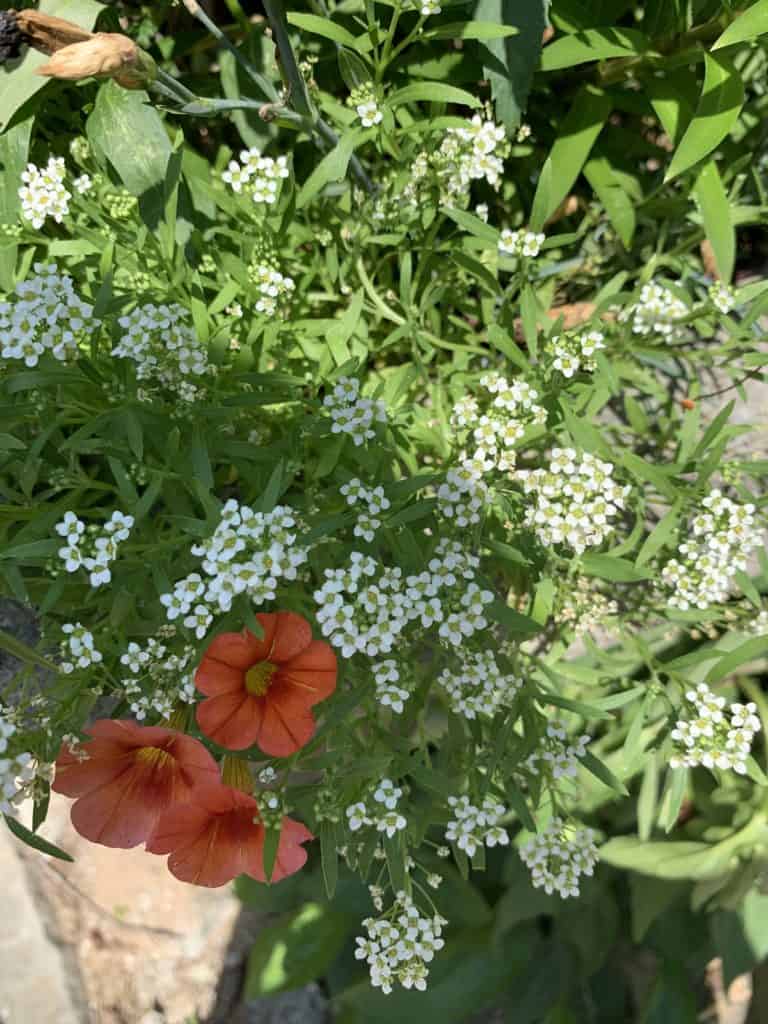Gardening for Health

Companion Planting
By Maria Price
Nature tends to mix things up. Instead of all our trees, plants and flowers growing in big blocks of just one kind, they are intermingled in a natural system. If nature does it, why don’t we?
Most people plant their vegetables in rows but planting a variety of plants in a bed takes advantage of what is known as companion planting. It’s closer to the way things occur in the natural world. Some plants have a synergistic relationship with certain other plants. One or both of them will grow better, yield more, and sometimes even taste better when they grow near one another.
Understanding plant relationships is an important part of planning any garden. In some cases, plant partnerships can have negative effects. One plant can inhibit another’s growth; some plants exude substances from their roots that inhibit certain plants near them. Sometimes essential oils that volatilize from plants will confuse insects. Some plants will attract beneficial insects that will help to parasitize insect pests on another plant. It’s not an exact science, so experimentation and observation are keys to good gardening.
Our gardens are artificially created environments, but they are still ecosystems where many layers of organisms interact with each other in all kinds of ways. The more organisms you have in that ecosystem, the more stable it becomes.
A great example is lettuce and sweet alyssum. Sweet alyssum is one of my favorite little annuals for containers. It has a myriad of tiny white, pink or purple flowers that can spill over a container with a sweet vanilla-like scent. Several studies have examined the usefulness of the annual sweet alyssum as a biological control for aphids. Since lettuce and grapes are particularly vulnerable to aphid infestations, farmers have been planting their fields and vineyards with rows of sweet alyssum to control the pests. You can achieve similar results in your home garden by planting sweet alyssum along the edges of your vegetable beds.
Sweet alyssum has been found to be an excellent food source for hover flies and parasitic wasps that help manage aphids. The beneficial flies and wasps feed on its pollen and nectar. The hover flies lay their eggs on nearby aphid-infested plants and their larvae feed on the aphids. The wasps insert eggs into the aphids that hatch inside and eventually pupate and emerge, leaving the aphids carcass behind.
Another study examined Colorado potato beetles on eggplant fields. Dill was planted in alternating strips to attract beneficial insects that prey on the beetles. Predatory insects like hover flies and parasitic wasps are drawn to the nectar and pollen of dill flowers, but ended up feeding on the Colorado potato beetles and their larvae on the eggplants.
Take advantage of companion planting in your own gardens with some sweet alyssum and dill.
